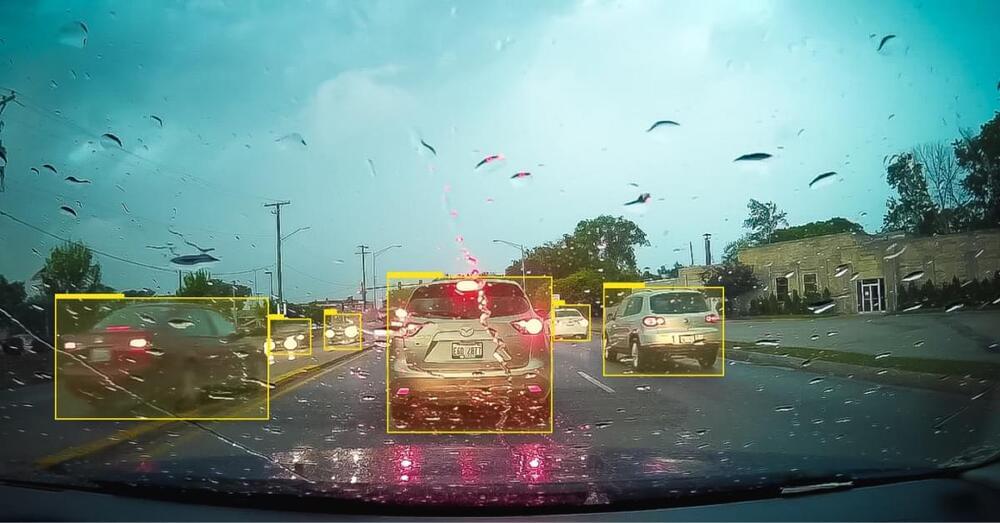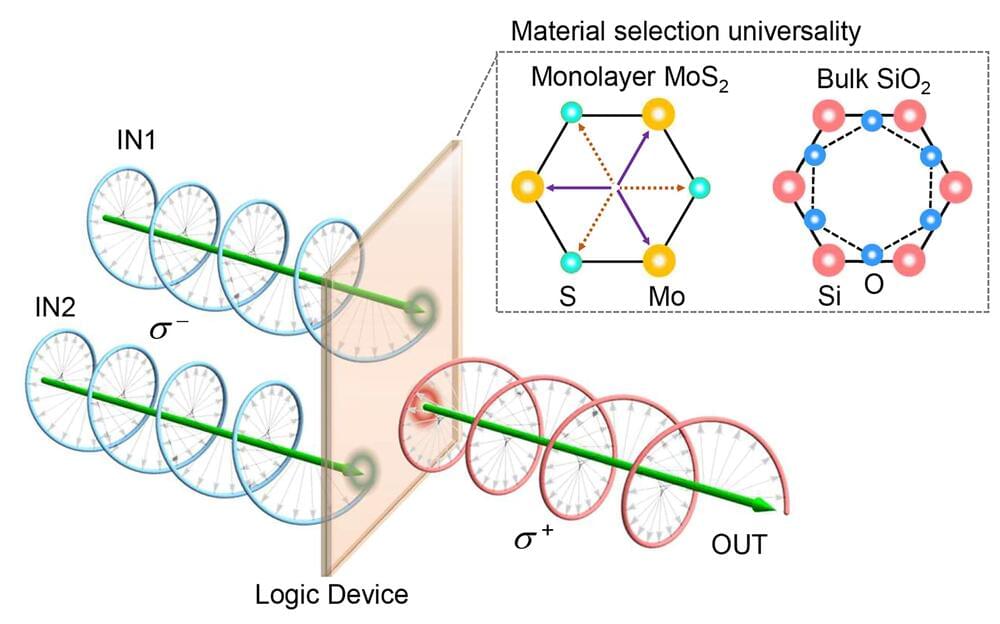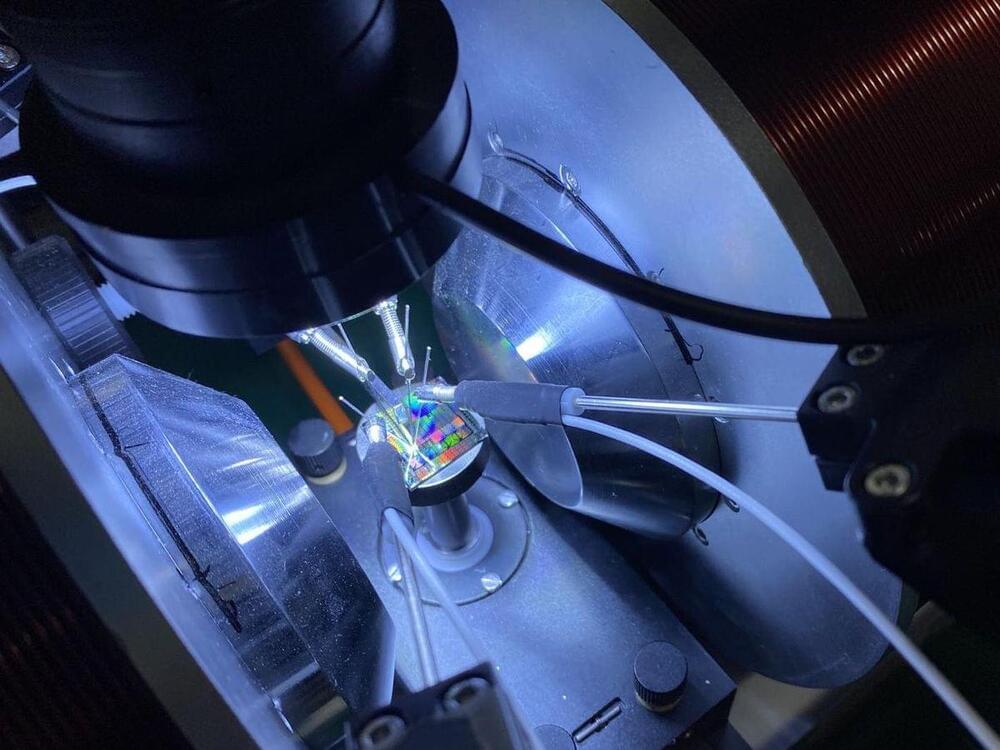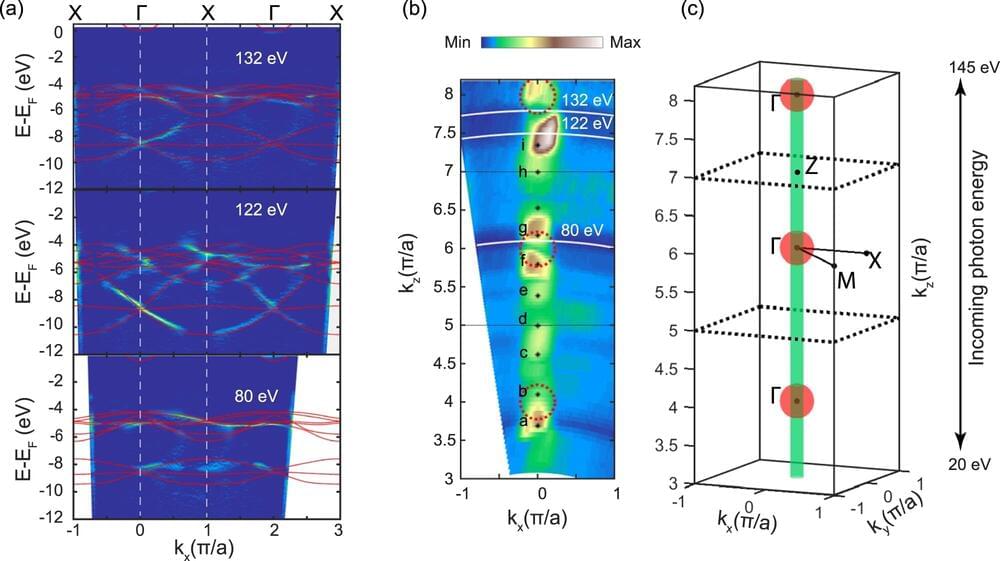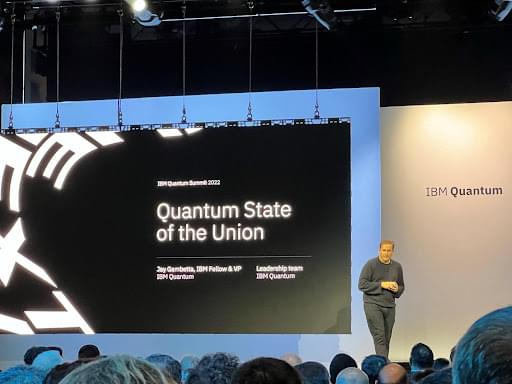Dec 11, 2022
Neuralink NIGHTMARE: Elon’s Brain Chip Trials Are A Total Horror Show
Posted by Future Timeline in categories: biotech/medical, computing, Elon Musk, neuroscience
Elon Musk’s Neuralink is under federal investigation for potential animal-welfare violations after staff complaints about rushed animal testing. Ana Kasparian discusses on The Young Turks. Watch TYT LIVE on weekdays 6–8 pm ET. http://youtube.com/theyoungturks/live.
“Elon Musk’s Neuralink, a medical device company, is under federal investigation for potential animal-welfare violations amid internal staff complaints that its animal testing is being rushed, causing needless suffering and deaths, according to documents reviewed by Reuters and sources familiar with the investigation and company operations.
Continue reading “Neuralink NIGHTMARE: Elon’s Brain Chip Trials Are A Total Horror Show” »


